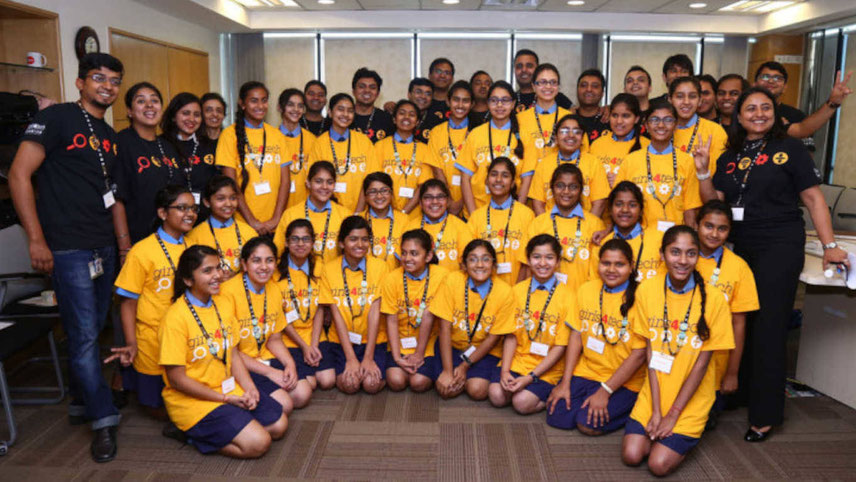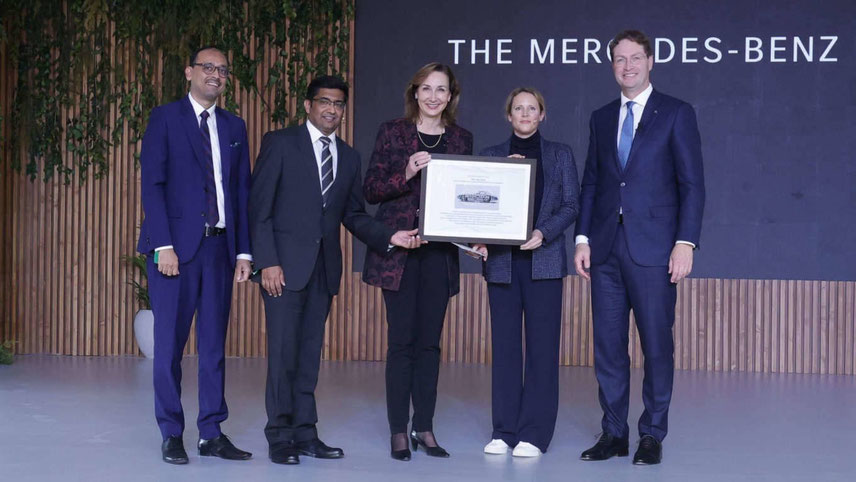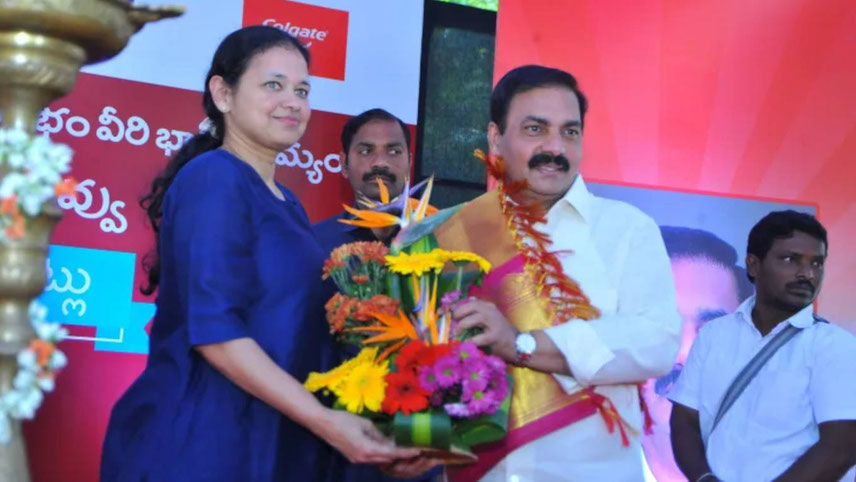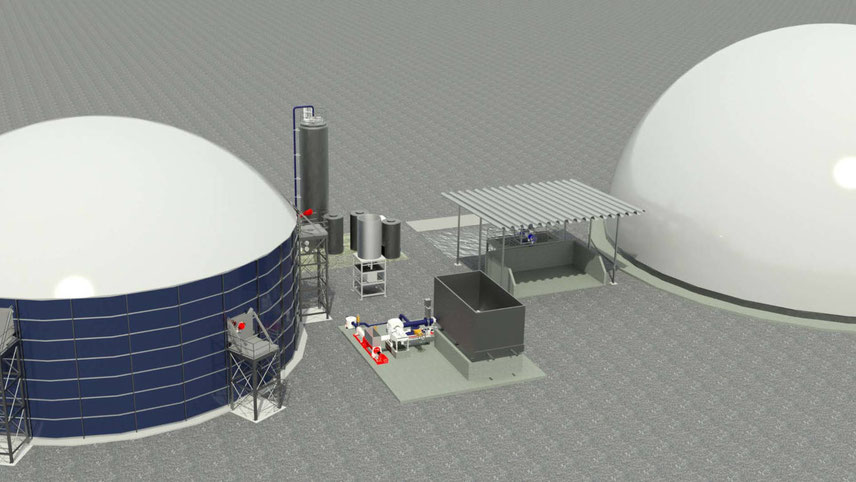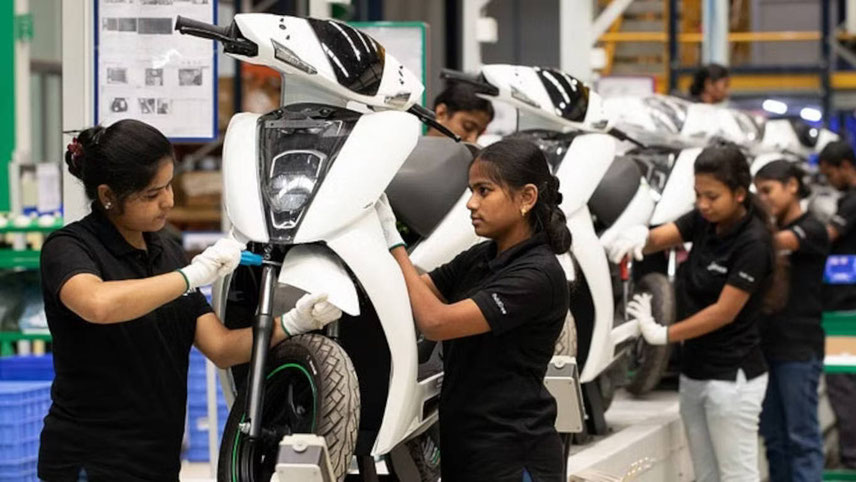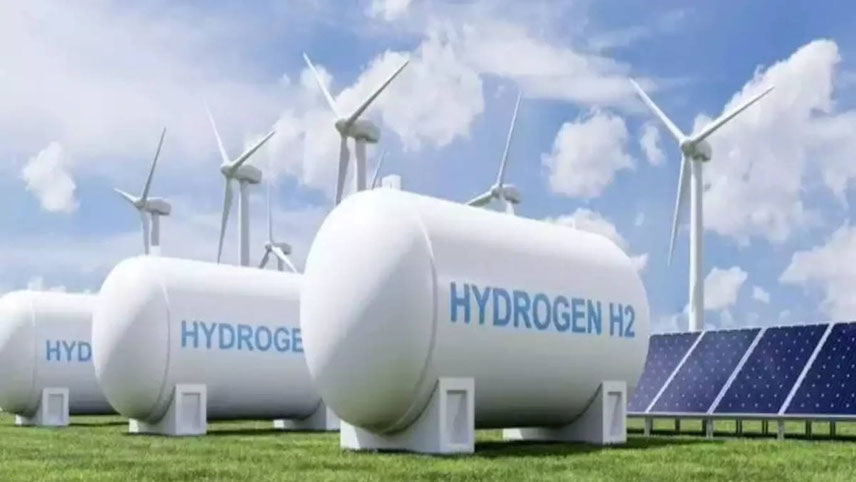The high prices of electric vehicles, inadequate charging infrastructure and the long time taken for charging have been the major hurdles to the adoption of electric mobility in the country. The government and the industry together have been thinking about ways to bridge the gap and scale up the EV infrastructure. Battery swapping is now emerging as a preferred solution. With battery swapping expected to take less than a minute, this will ensure almost zero downtime and a hassle-free experience for the riders. Recently, battery-swapping start-up VoltUp announced a partnership with Adani Electricity, Hero Electric and Zomato, to open 500 electric mobility stations across Mumbai by 2024, catering to over 30,000 riders daily. This is the first smart mobility partnership in India between a battery-swapping start-up and infrastructure, original equipment manufacturer and last-mile partners. However, the battery swapping policy still has huge gaps. After the government announced the policy in the 2022-23 Budget, the NITI Aayog came out with the policy in April. The policy focusses on two-wheelers, three-wheelers, light electric power train vehicles and e-rickshaws/e-carts and is intended to promote swapping of batteries with advanced chemistry cells. The swapping stations have been planned to be set up in urban areas in two phases, spread across a period of three years. The policy is valid from the date of its public notification till 31 March 2025, after which the ministry for power may review, revise and extend its validity. Some of the key features of the Policy are: • batteries will be equipped with advanced features like Internet of things-based monitoring system; • a unique identification number will be assigned to batteries and battery swapping stations; • existing incentives for purchasing EVs will be extended to batteries covered under this Policy; • provision of technical guidelines, standards and principles will be required to establish a battery as a service model (BaaS); • concerned ministries and state governments will provide electricity to swapping stations at concessional rates; and • land required to set up swapping stations to be provided by both government and public entities on a revenue sharing basis. Standardisation of batteries While there are pluses and minuses in battery swapping and battery charging, the government is yet to conclusively address the issues that could act as a drag on the former. One of the issues in introducing swappable batteries is standardisation of batteries. In order to swap discharged batteries with a charged one at any swapping station, it is important that all EVs use a standard battery pack and connector to charge the battery. In the absence of standard batteries or battery modules adapting to all size and models, swapping stations will be able to cater to vehicles only with a specific type of battery pack. Further, the policy does not extend to four-wheelers. However, it is important to note that the BaaS ecosystem in India covers the mass market of two-wheeler and three-wheeler batteries, which captures the bulk of the EV market share and in comparison, to four-wheelers are easier to swap.
-

Inadequate charging infrastructure is the major hurdle



























